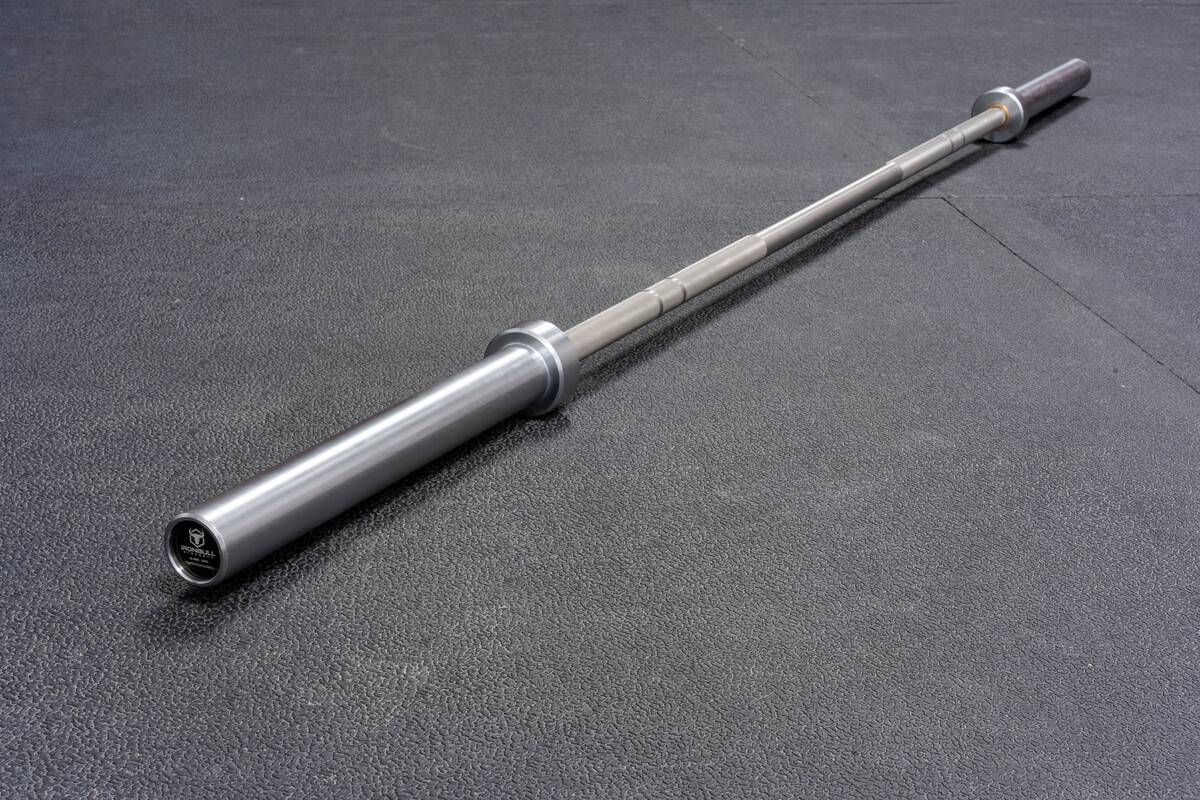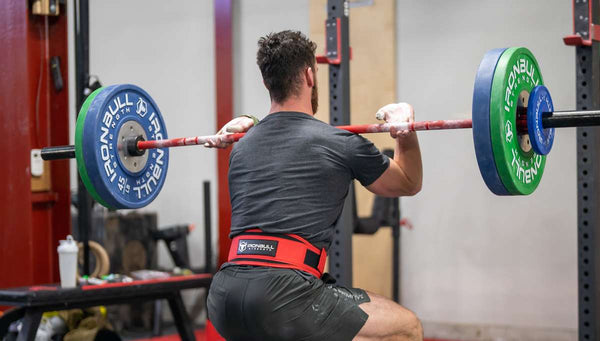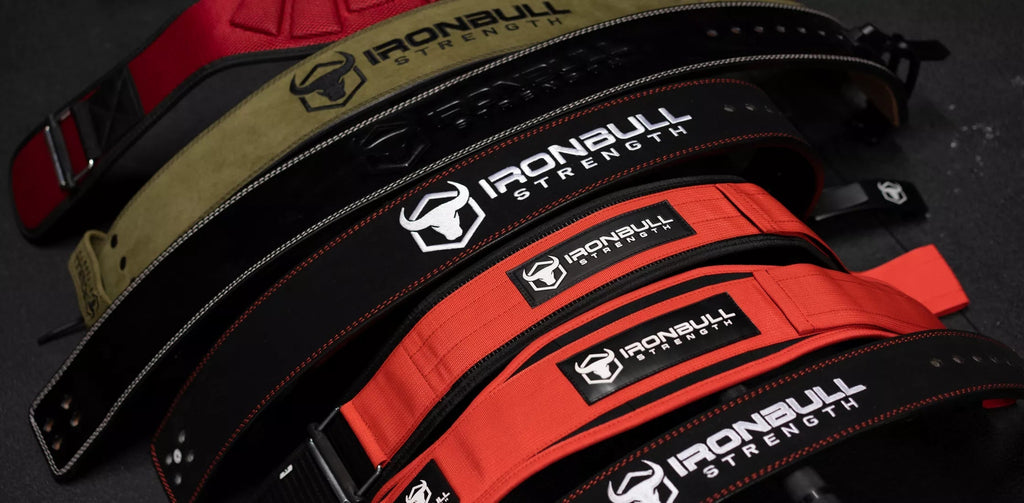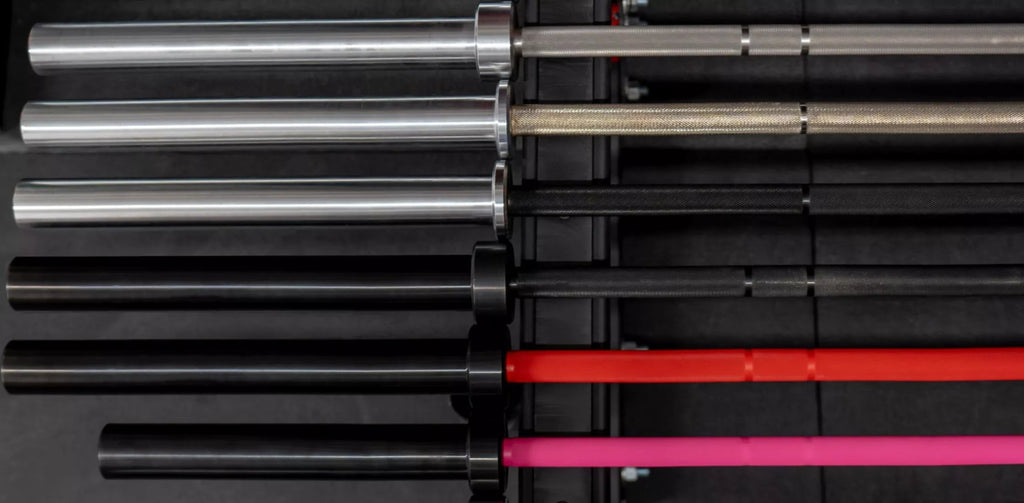How Much Does a Barbell Weigh?

If you’ve ever walked into the gym and wondered, “How heavy is this bar?”—you’re not alone. Knowing the actual weight of a barbell is more important than you might think. Whether you’re setting up a home gym or getting ready for a heavy session, understanding barbell weight helps you plan better, track progress, and train with confidence.
What Exactly Is a Barbell?

A barbell is one of the most essential pieces of gym equipment. It’s a long steel bar that holds evenly loaded weight plates on each end. Most standard barbells weigh 20 kg (45 lbs), which has become the universal benchmark for lifters everywhere.
With just one bar and the right squat rack, weight bench, or power rack, you can squat, press, deadlift, and curl. That’s why the barbell is the foundation of almost every strength program.
Why Does Barbell Weight Matter?
The weight of a barbell might seem simple, but it matters for three big reasons:
- Consistency in training – A 45 lb bar pairs perfectly with standard weight plates, letting you increase weight in clear, predictable steps.
- Competition readiness – Powerlifting and Olympic lifting both require a 20 kg (45 lb) barbell, so training with the same weight keeps you prepared.
- Form and technique – Using a properly weighted barbell helps reinforce good form. Too light and you don’t feel the right feedback, too heavy and technique breaks down.
Different Types of Barbells
Not all barbells weigh the same. Here are the most common types you’ll see in gyms:
- Olympic Barbell – Standardized at 20 kg (44 lbs) for men and 15 kg (33 lbs) for women. Designed for Olympic lifts with rotating sleeves and medium knurling.
- Power Bar – Weighs 45 lbs and built for powerlifting staples like squats, bench press, and deadlifts. Stiffer with aggressive knurling for heavy loads.
- Deadlift Bar – Also 45 lbs, but longer and thinner to allow more flex or “whip,” making it easier to break the bar off the ground.
- Squat Bar – Typically 55 lbs, thicker and tougher to handle the heavy loads of squats with extra stability.
- Specialty Bars – From trap bars to safety squat bars, these range from 45–65 lbs and are designed for specific lifts and joint-friendly training.
Pairing different barbells with dumbbells, racks, and benches gives you endless options to build strength safely and effectively.
How to Choose the Right Barbell for You
When picking a barbell, consider these key points:
- Length & Space – Olympic bars are longer and need more room. Shorter bars are lighter and better for compact home gyms.
- Knurling & Grip – Aggressive knurling is great for heavy pulls, while softer knurling works better for high-rep or Olympic lifts.
- Exercise Selection – Love deadlifts? Choose a deadlift bar. Big on squats? Go with a squat bar. For all-around versatility, an Olympic barbell covers it all.
Conclusion
So, how much does a barbell weigh? Most weigh 20 kg (45 lbs), but the “right” bar for you depends on your training style, your goals, and your space. Combine your bar with the right squat rack, weight bench, power rack, and weight plates to create a complete training setup that grows with you.
If you’re ready to upgrade your training, explore our full collection of barbells. A quality barbell isn’t just another piece of equipment—it’s the foundation of your strength journey.


